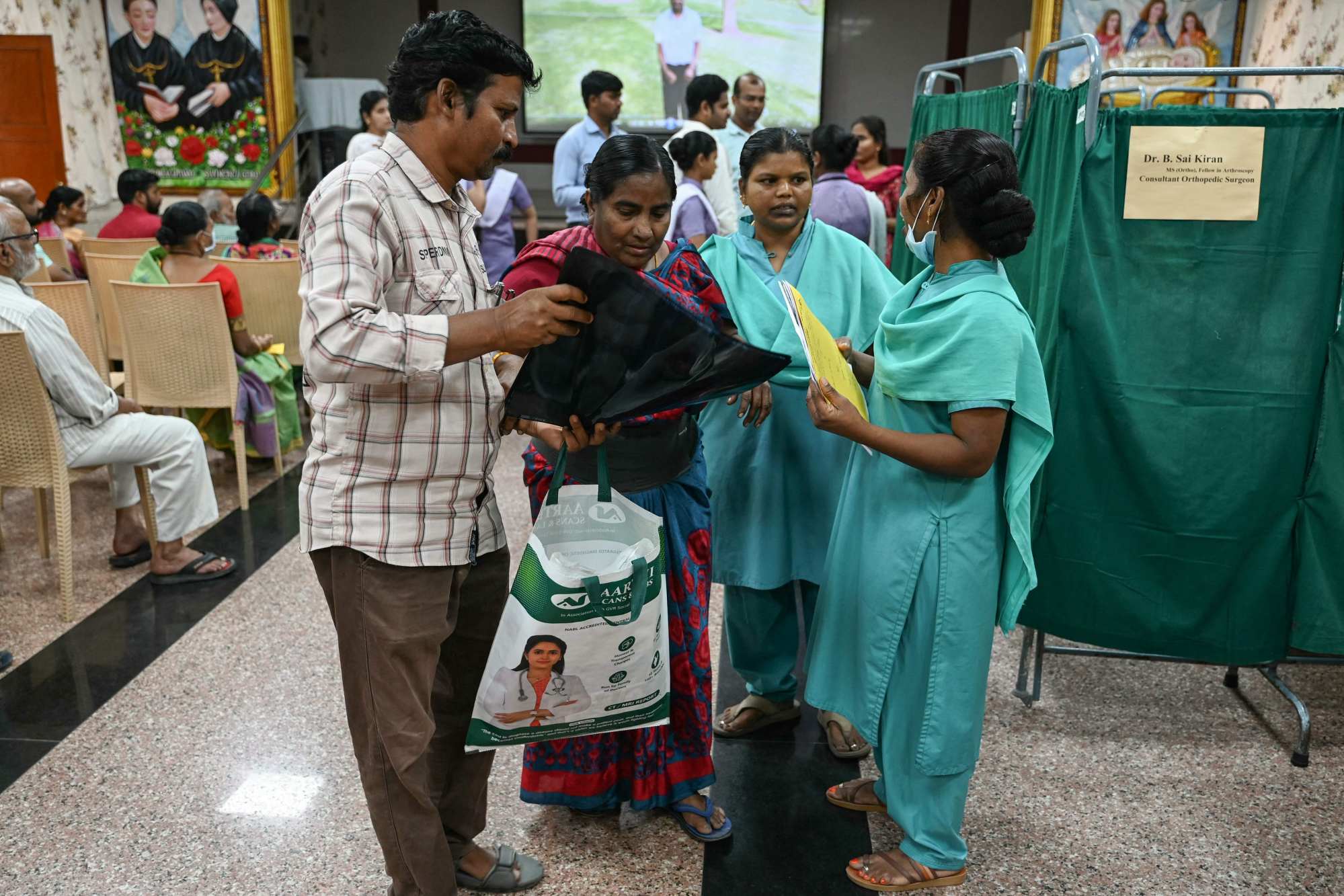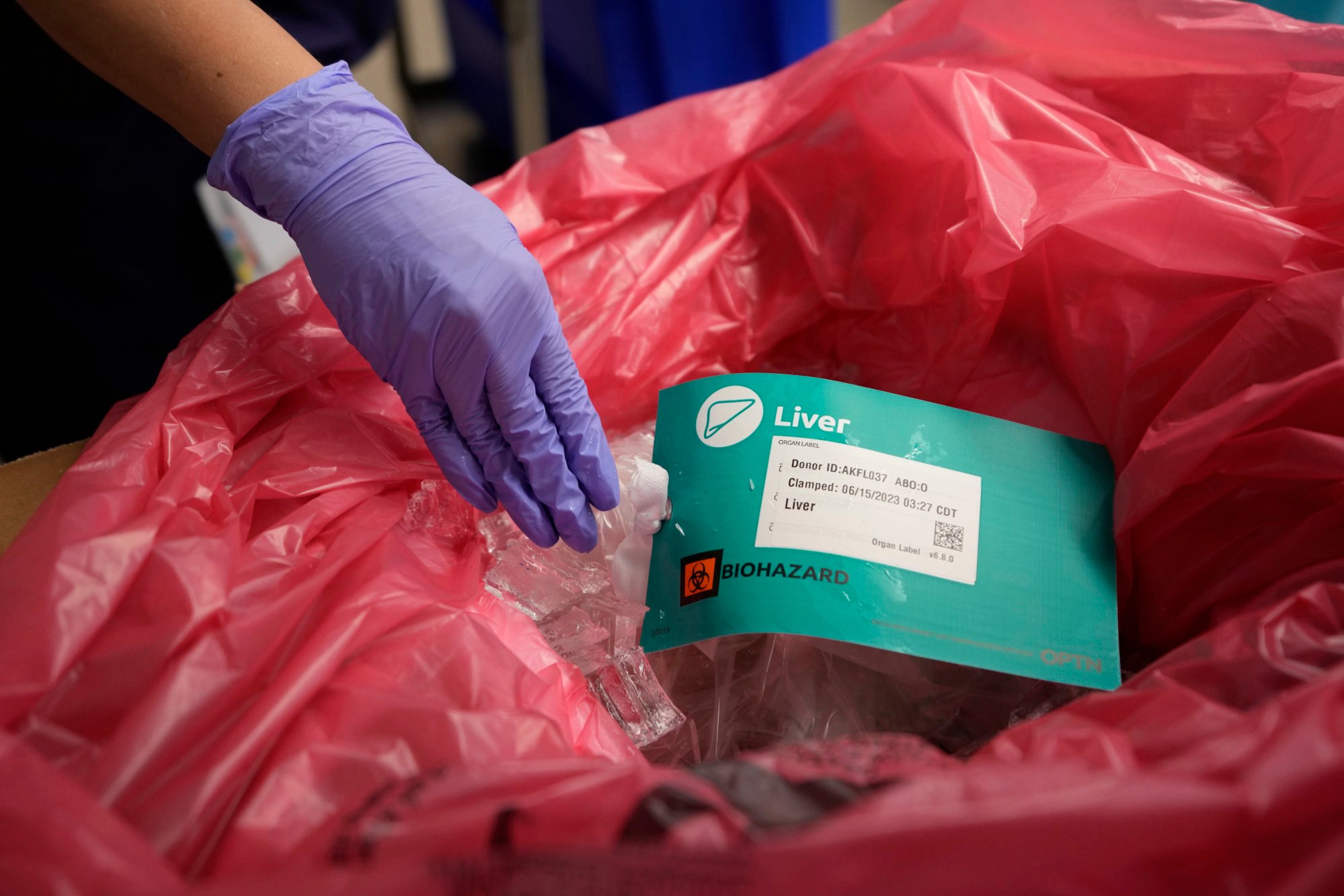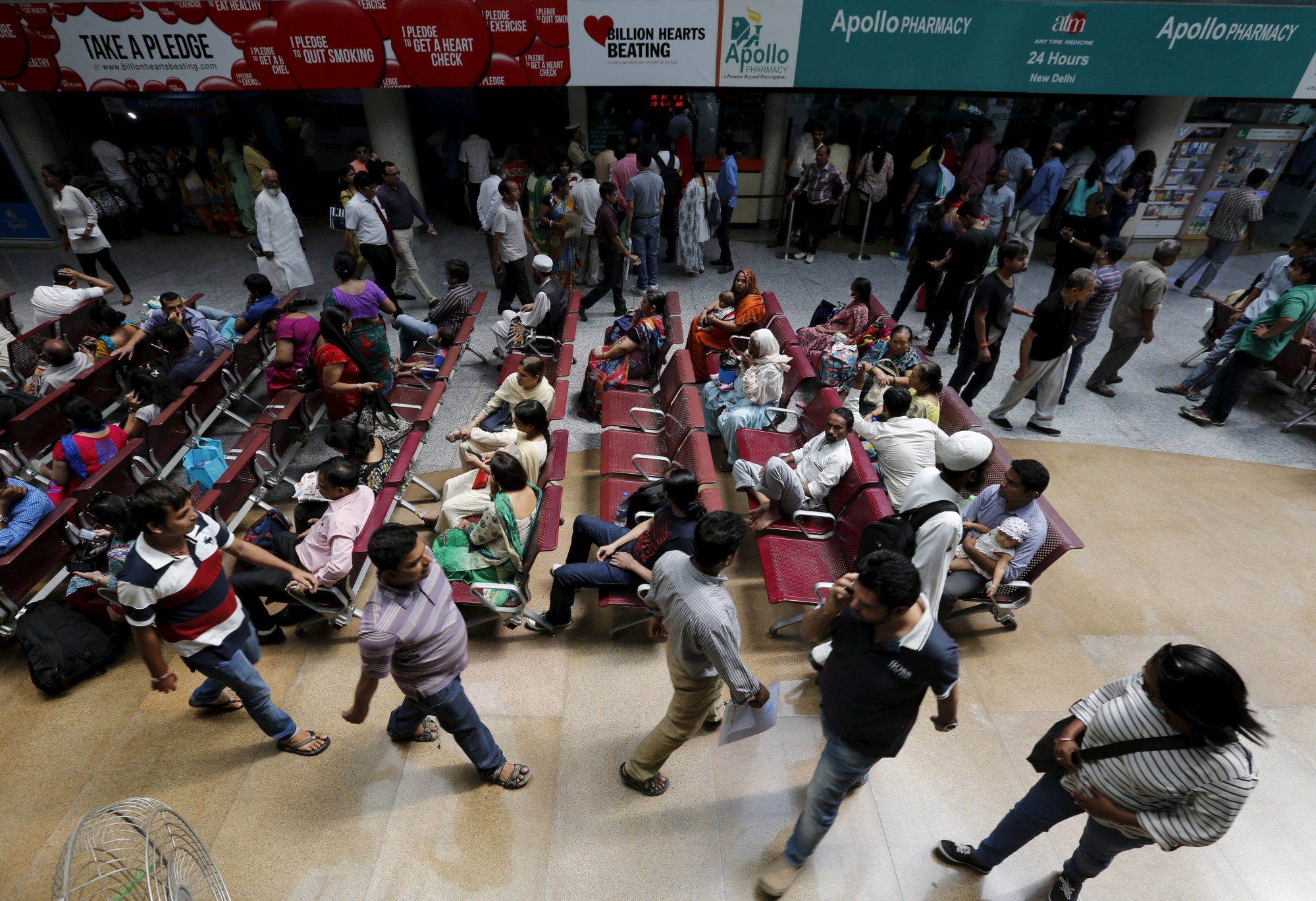In Asia, organ donors are ‘overwhelmingly’ women and transplants go mainly to men: study
Doctors say there is no underlying medical reason why men disproportionately need organ transplants more often than women. “We have to assume that the prevalence of conditions leading to the need for transplants affects men and women at a similar rate. If women who need transplants are not getting treated, it is definitely an issue,” Dr Anil Kumar, director of NOTTO, told The Indian Express newspaper.
A Times of India editorial described the numbers as “an overwhelmingly one-sided flow of organs from mothers and wives to husbands and sons”.

The complex set of social and cultural factors that lead to these differences cannot be attributed to Asian culture alone, since these disparities can also be observed in the West.
In 2022, the Council of Europe’s Committee on Organ Transplantation looked at the data from almost 60 of their countries and found that women still represent the leading source of organs recovered from living kidney donors at 61.1 per cent.
“Men consistently received the vast majority of the organs transplanted in 2019 (65 per cent of the total). In particular, men received 65 per cent of the kidneys, 67 per cent of the livers, 71 per cent of the hearts, 60 per cent of the lungs and 58 per cent of the pancreases available,” the report said.
UN says gender equality goal impossible to meet: ‘world is failing women, girls’
UN says gender equality goal impossible to meet: ‘world is failing women, girls’
Still, the even starker disparities seen in countries like Bangladesh and India speak to the unique economic and social pressures women in certain developing countries still endure.
“The cultural pressures that affect most women globally are compounded by women feeling under social and economic pressure to donate since men are often the main source of the family income,” said cardiologist Dr Sanjay Zutschi.
“The loss of income during evaluation, surgery and recovery … ‘prevents’ men from donating and the wife is consequently ‘pushed’ to be a donor,” wrote the authors of an article in the journal Transplantation last year. “Indeed, family pressure on females mounts. It is thus not at all uncommon to see undue coercion and pressure for women to donate.”
The feeling is that if something happens to the woman, then it’s not as bad as if something were to happen to the man
According to Dr Srivari Bhanuchandra, organ transplant coordinator at Osmania General Hospital in Hyderabad, families believe that if something happens to a woman post-donation, it is not so serious as she is usually a homemaker, particularly in low-income households.
“The feeling is that if something happens to the woman, then it’s not as bad as if something were to happen to the man. At least if the husband is around, he can look after the children,” Bhanuchandra said.
Like other doctors, he says it is rare for a husband to donate an organ for his wife. In some cases, men take an organ from their wife, even when they have a brother who could be an ideal donor.

The emotional dynamics of organ donation are complicated. Doctors cite examples of Indian husbands offering to donate to their wives, only for the spouse to refuse out of “guilt” because she has internalised the social order.
“Even if the woman does initially accept the offer, she is pressured not to accept because the husband’s parents – and even her own parents – discourage her,” Bhanuchandra said. “But in the reverse situation, when the husband needs it, both sets of parents tell her to donate.”
The link between organ donations and women’s status appears strong. The Asian Society of Transplantation study found that the lowest proportion of female living donors came from the Philippines, at 50 per cent.
“This may be explained by the high social status of women in this country. The Philippines follows a matriarchal system as a social norm,” the study said.
The issue with that conclusion is that, by that logic, Western men should be donating at roughly the same rate as women. But in general, disparities still exist in their countries, despite their cultures ostensibly having greater gender equality. Researchers say more studies are needed to truly understand the factors behind the phenomenon.

For Dr Sandeep Guleria, a transplant surgeon at Apollo Hospital in Delhi, the situation can be remedied. He said more men were coming forward thanks to his hospital’s counselling efforts.
At Apollo, the number now is just about equal, with the percentage of donations from women dropping from about 75 per cent a decade ago to 51 per cent this year, which the hospital attributes in part to doctors making a point of reassuring men that they would be fine after surgery.
He conceded that it was difficult to tell whether a woman was offering to donate an organ voluntarily or whether subtle psychological pressure was responsible.
“We evaluate donors very closely, and I have to say we have not detected any coercion in the women coming forward,” Guleria said. “In fact, the sense of satisfaction of having saved the life of someone they love is tremendous.”
Broadly speaking, though, the gender imbalance in organ donation seems to have proved remarkably resilient. As the report of the Asian Society of Transplantation noted: “The observed disparities are not decreasing.”


 Offers free spin
Offers free spin